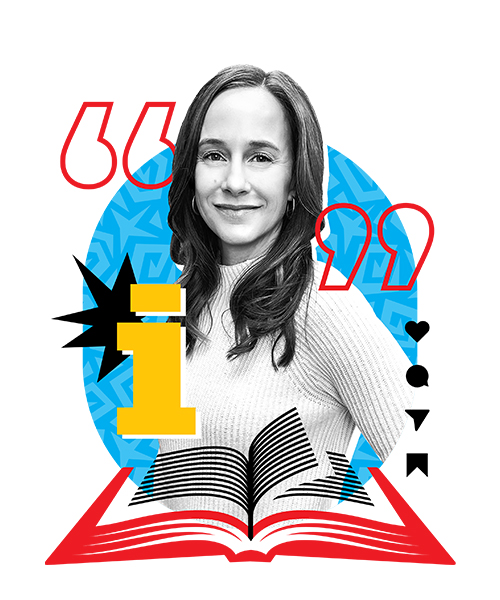
Thinking
Trouble writing? Start where the reader starts…

“Start where the reader starts.”
Hands down, this is the best writing advice I’ve received in my career. Whether I’m working on a document for a client, writing copy from scratch or editing someone else’s writing, the phrase always bubbles up to the forefront of my mind.
Part of its appeal is that it helps you through the critical first stage of writing – the beginning. You know – when you’re staring at a blank screen, and you figure it wouldn’t hurt if you just checked your email or Facebook one more time before … you know exactly what I’m talking about!
If you’ve been tasked with writing copy and you don’t know where to begin, “start where the reader starts” reminds us to think about what the consumer of the information would want. Looking at your brand through your customers’ eyes is an important exercise for any writer.
For example, if you’re writing content for a sales flyer or a web page, don’t start by talking about all the intricate features of the product and that it’s made out of exceedingly rare materials that you’ve scoured the earth to find. Instead, start with the problem you’re helping your customer solve. Start with how you’re making their lives easier.
The phrase also serves as a reminder that as a writer – and especially a marketer – you’re writing for the reader. That means you must put yourself in their shoes when you’re creating content.
In other words – it’s not about you, it’s about them.
Creating content that is reflective of this takes a good amount of self-editing. When you’re done writing your first draft, force yourself to re-read through your copy. Ask yourself – can I convey this in simpler terms? Can I tighten this content up? What am I actually trying to say?
Lose the jargon and industry terminology. While using “mumbo jumbo” will signify to your colleagues and peers that you know what you’re talking about, it’s likely very confusing to your readers.
Write short sentences. Keep it simple. Be direct. No reader wants to sift through endless paragraphs of stuff that really isn’t relevant to what they’re trying to do or learn.
If you’re struggling, check out “The Elements of Style” by William Strunk Jr. and E.B. White. This timeless classic outlines the essentials of clear and concise writing. It should be required reading for anyone who writes as parts of their professional life – which is basically everyone!
A couple other good ones I enjoyed are “On Writing” by Stephen King and “Bird by Bird” by Anne Lamott.
With that in mind, I’ll end at the beginning. Next time you’re stuck and you don’t know what to write – start where the reader starts!

